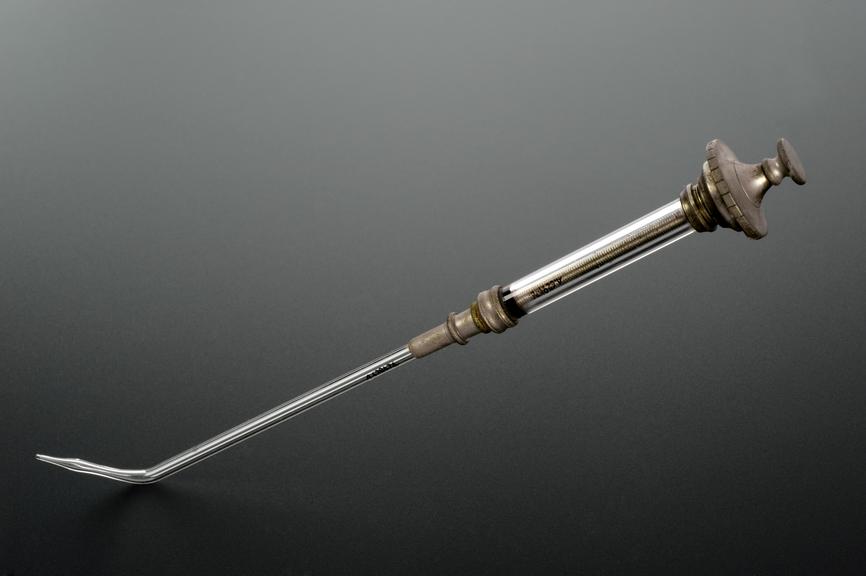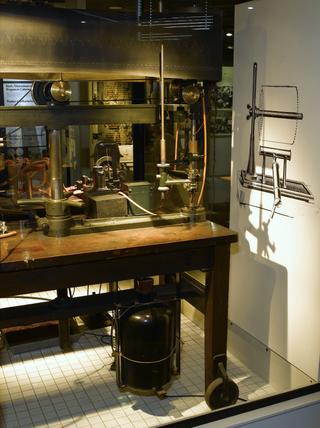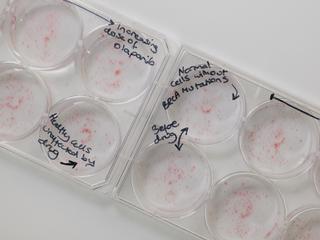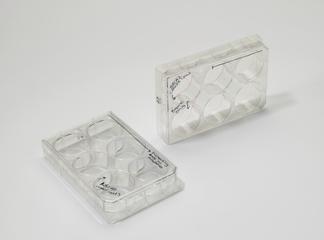
Glass syringe designed by Joseph Lister, United Kingdom, 1871-1878
- Made:
- 1871-1878 in United Kingdom

Glass and metal piston-action syringe, graduated, designed to dispense liquid in very small amounts, designed by Lister and probably used by him in his experiments
This glass syringe was used and invented by Joseph Lister (1827-1912) in his experiments on the souring of milk. He discovered that milk straight from animals is generally free from bacteria. When milk soured, he found the micro-organisms present were of the same type, which he named Bacterium lactis. The syringe could measure one or more hundredths of a minim. A minim is equivalent to 0.062ml – a very precise measurement. Lister’s work on the souring of milk is rarely mentioned as it is normally eclipsed by his work on antisepsis.
Details
- Category:
- Laboratory Medicine
- Collection:
- Sir Henry Wellcome's Museum Collection
- Object Number:
- A629476
- Measurements:
-
overall: 220 mm 25 mm, .04kg
- type:
- syringe




